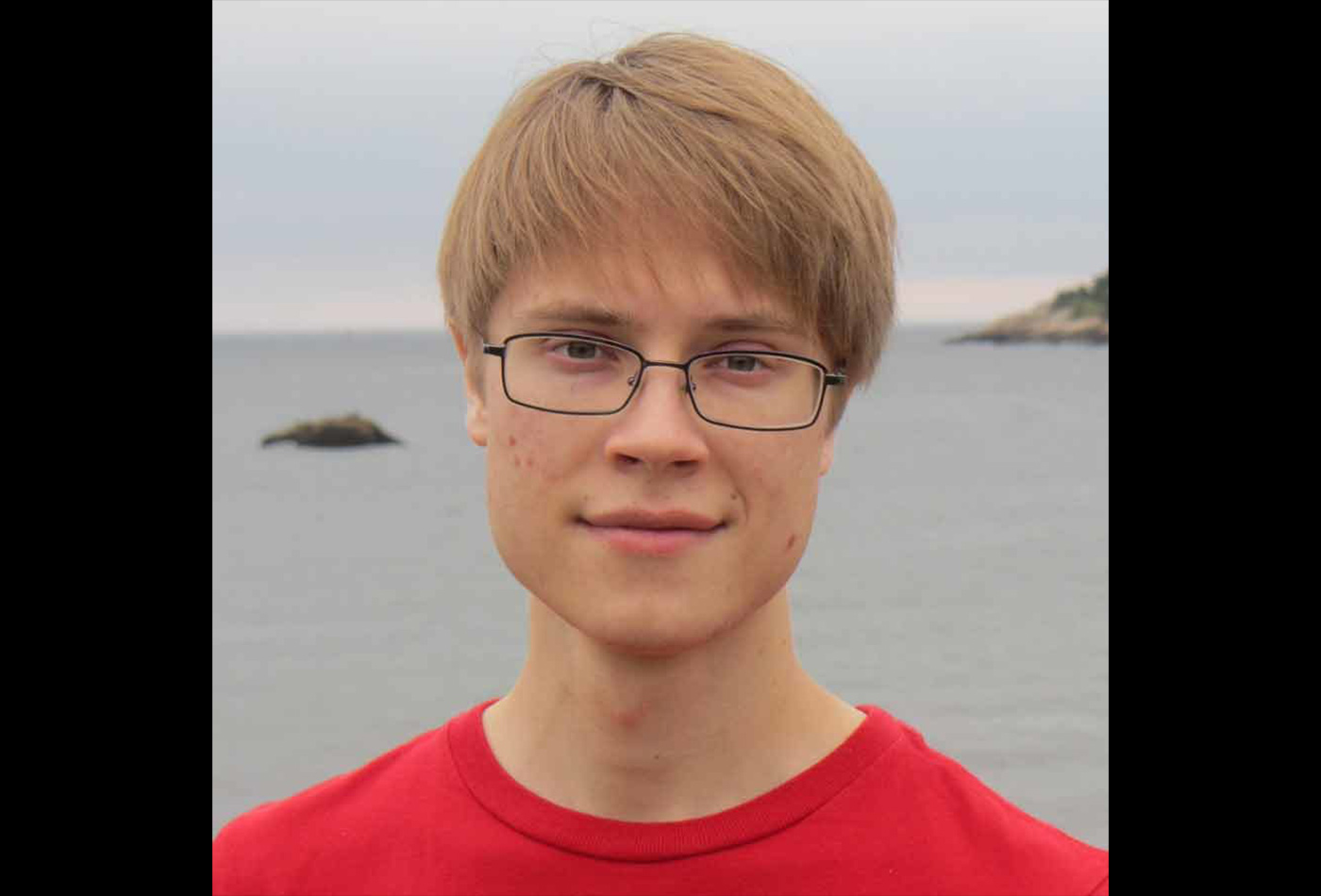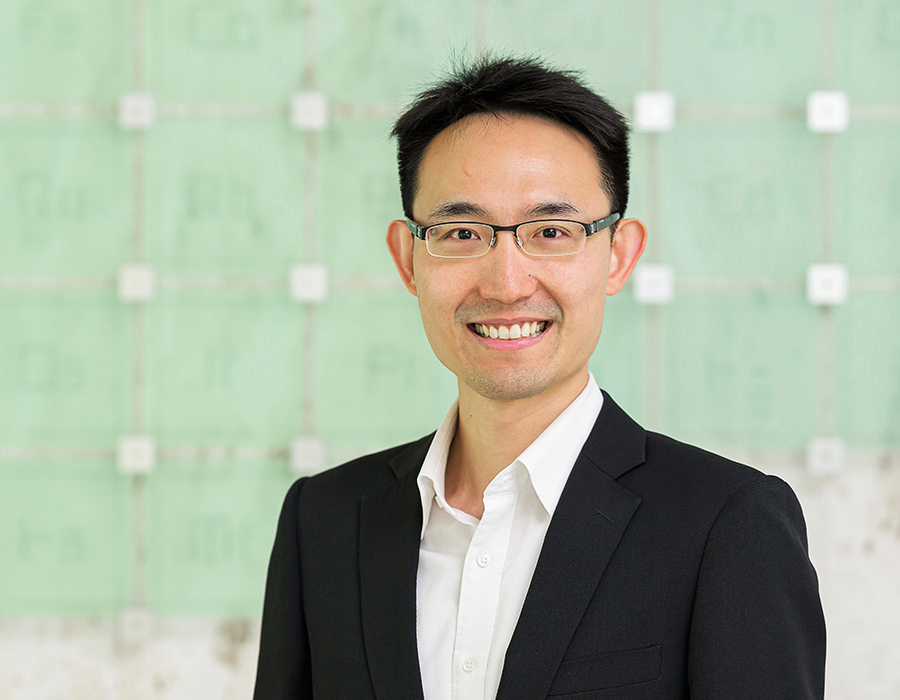Alexander Alabugin named 2020 Hertz Fellow
Alabugin (SB '20) has been named one of sixteen 2020 Fellows by the Fannie and John Hertz Foundation.
Alexander “Sasha” Alabugin (SB ’20) has been named one of sixteen recipients of a 2020 Hertz Fellowship by the Fannie and John Hertz Foundation, a nonprofit organization dedicated to empowering the most promising innovators in science and technology. He will pursue his PhD studies at the California Institute of Technology as a Hertz Fellow and a National Science Foundation Fellow.
The Hertz Fellowship supports the research of PhD students who demonstrate the greatest potential to tackle the most urgent problems facing society. This year’s fellowships will fund 16 researchers whose goals range from developing drugs more quickly, cheaply, and effectively, to advancing artificial intelligence to creating a carbon-neutral future.
One of the most prestigious awards of its kind, the Hertz Fellowship supports five years of graduate research and the freedom to pursue innovative ideas, wherever they may lead. Hertz Fellows also receive lifelong professional support, including mentoring and networking within a connected, influential community of more than 1,200 leaders in science and technology, each of whom has been awarded the Hertz Fellowship since 1963.
“The pursuits of our 2020 Hertz Fellows embody the type of bold, risk-taking research that the Hertz Foundation has supported for almost six decades,” said Robbee Baker Kosak, president of the Fannie and John Hertz Foundation. “By funding innovative thinkers and connecting visionary researchers across generations, geography, and disciplines, we create the conditions for our fellows to have an exponential impact on the most pressing problems facing our nation and world.”
Selected through a rigorous process, including in-depth interviews with some of the nation’s top scientists, engineers, and mathematicians, the newest Hertz Fellows were selected from a pool of more than 800 applicants from 24 universities across the nation.
“We strive to identify young researchers with the vision and drive to achieve the breakthroughs that are needed today in science and technology,” said Philip Welkhoff, senior interviewer and member of the board of directors at the Hertz Foundation, as well as the malaria program director at the Bill & Melinda Gates Foundation. “As a society, we benefit tremendously from empowering them with the freedom to leap into the unknown and explore the possibilities.”
The 2020 class joins a community of fellows whose transformative research and daring innovation impact our lives every day. Hertz Fellows are developing a drug therapy to restore hearing, data-driven methods to detect cyber threats, technology to genetically eradicate invasive plant species, and immunotherapy to support universal organ transplants. They’ve uncovered contraband nuclear weapons, created hack-proof drones for the military, and proven the Big Bang theory of the origin of the universe.
Alabugin conducted catalysis research at MIT since the summer after his freshman year, when he joined the lab of Professor Yogesh Surendranath. During his first project, he helped develop a fuel cell anode that leverages a mixed electron-proton conducting thin film of tungsten trioxide to selectively oxidize hydrogen. Materials experience intersects with surface chemistry and molecular synthesis in his current work: designing active sites for surface catalysis by functionalizing graphitic edges on carbon materials with iron porphyrins. The formation of conjugated bonds creates a “graphite-conjugated catalyst”, a metal complex strongly coupled to the Fermi sea of electrons in carbon. By applying a functionalized carbon colloid to catalyze proton-coupled electron transfer oxidations, he works to understand the fundamental coordination chemistry of these uniquely heterogenized metal centers; in particular, their ability to stabilize reactive intermediates pertinent to C-H oxidation chemistry.
In his PhD, Alabugin intends to unravel inorganic reaction mechanisms with techniques ranging from X-ray absorption to electron resonance and Mössbauer spectroscopy. Drawing on kinetic parameters and spectral data, he seeks to refine correlations between crystal structure, electronic structure, and observed reactivity into predictive relationships that guide the synthesis of new catalysts for the activation of molecules like CO2, N2, and CH4.
Alabugin was born in Madison, Wisconsin and grew up in Tallahassee, Florida. Outside of his research, he enjoys listening to electronic music, writing and reading science fiction, and playing geopolitical simulation games with his friends.
Adapted from a press release from The Hertz Foundation.





